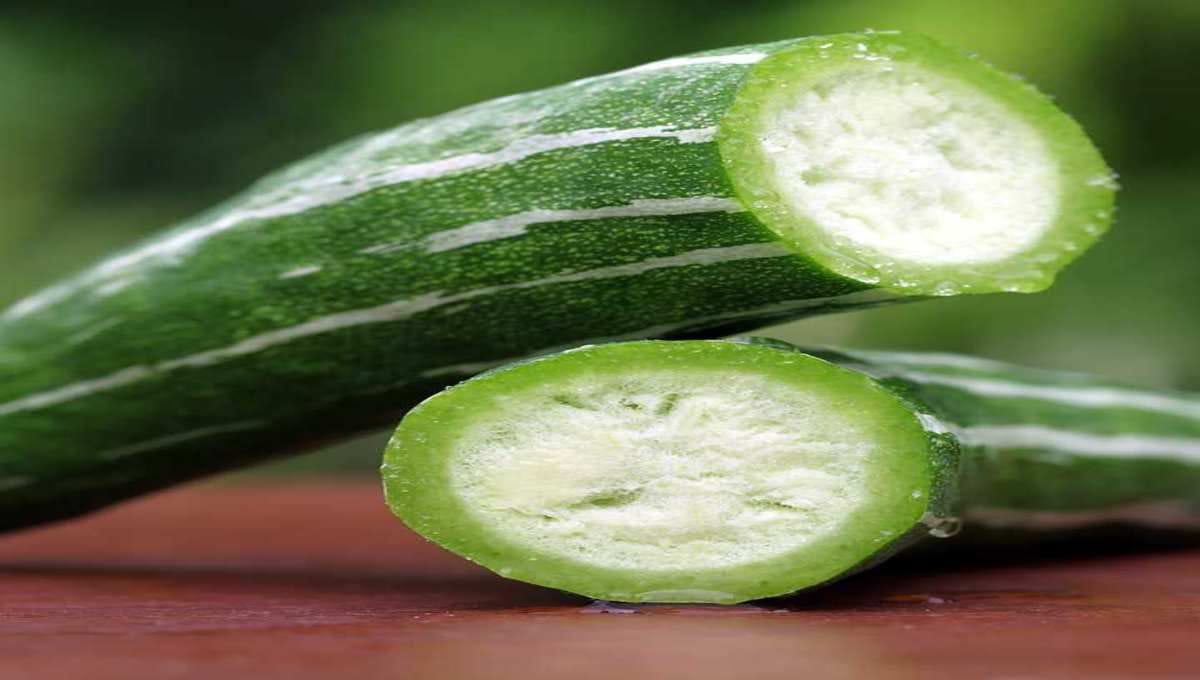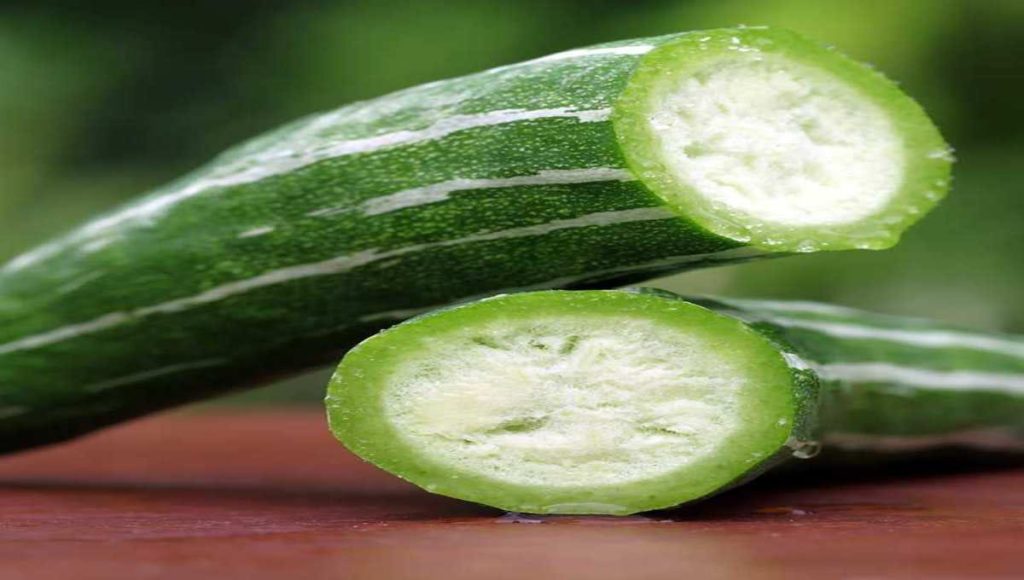
പടവലം വളരാനും കായ് ഫലം കൂടാനും ഒരു ടിപ്പ് Snake Gourd Farming Guide (Padavalanga / Chichinda / Trichosanthes cucumerina)
Snake Gourd Farming Guide (Padavalanga / Chichinda / Trichosanthes cucumerina) പടവലം വളരെ എളുപ്പത്തിൽ തന്നെ നമുക്ക് വളർത്തിയടിക്കാൻ സാധിക്കുന്ന ഒന്നാണ് ഇത് കായം കൂട്ടിത്തരുകയും ചെയ്യുന്നതിനായിട്ട് നമുക്ക് ചെയ്യേണ്ടത് നമ്മുടെ വളം തയ്യാറാക്കി എടുക്കുമ്പോൾ ശ്രദ്ധിക്കേണ്ട കാര്യങ്ങളാണ് മണ്ണിന്റെ കൂടെ തന്നെ നമുക്ക് ചാണകപ്പൊടിയും അതുപോലെ എല്ലുപൊടിയും ഒപ്പം തന്നെ കടല പിണ്ണാക്കും ചേർത്ത് കൊടുത്ത് നന്നായിട്ട് ഇളക്കി യോജിപ്പിച്ച്
എടുക്കാം ഇനി ചേർക്കുന്ന ഒന്ന് രണ്ട് സാധനങ്ങൾ കൂടിയുണ്ട് അത് വീഡിയോ നിങ്ങൾക്ക് കണ്ടു മനസ്സിലാക്കാവുന്നതാണ് ഇത് കറക്റ്റ് അനുവാദത്തിൽ തന്നെ ചേർത്ത് നന്നായിട്ട് മിക്സ് ചെയ്ത് യോജിപ്പിച്ച് എടുത്തതിനുശേഷം ഇത് നമുക്ക് പടവലം നടുന്നതിന് മുമ്പായിട്ട് നമ്മുടെ

ചെടിച്ചട്ടിയിലേക്ക് ഇട്ടു കൊടുത്താൽ മതിയാകും വളരെ എളുപ്പത്തിൽ തന്നെ നമുക്ക് തയ്യാറാക്കിയെടുക്കാനും സാധിക്കും കായ ഫലം കൂടുകയും വളരെയധികം ആരോഗ്യത്തോടെ വളരുകയും ചെയ്യും തയ്യാറാക്കാനും സാധിക്കും തയ്യാറാക്കുന്ന വിധം കൊടുത്തിട്ടുണ്ട് വീഡിയോ നിങ്ങൾക്ക് ഇഷ്ടമായാൽ ചാനൽ സബ്സ്ക്രൈബ് ചെയ്യാനും ലൈക് ചെയ്യാനും ഷെയർ ചെയ്യാനും മറക്കരുത്.
Snake Gourd Farming Guide (Padavalanga / Chichinda / Trichosanthes cucumerina)
Basic Overview
| Feature | Details |
|---|---|
| Common names | Snake gourd, Padavalanga (Malayalam), Chichinda (Hindi) |
| Scientific name | Trichosanthes cucumerina |
| Family | Cucurbitaceae |
| Duration | 90–120 days (variety-dependent) |
| Growing season | Warm season (multiple cycles per year possible) |
🌾 Ideal Growing Conditions
✅ Climate:
- Warm and humid climate
- Temperature: 25–35°C
- Cannot tolerate frost or waterlogging
✅ Soil:
- Well-drained sandy loam or loamy soil
- pH: 6.0 – 7.0
- Enriched with organic matter (compost or cow dung)
🌱 Seed Sowing
📅 Sowing Time:
- Kharif: June–July
- Rabi/Summer: Jan–Feb (with irrigation)
🌿 Method:
- Soak seeds in water for 8–12 hours to improve germination.
- Sow directly in pits or raised beds.
🔁 Spacing:
| Method | Spacing |
|---|---|
| Pit method | 1.5 m × 1.5 m (between pits) |
| Trellis method | 2 m × 1 m (row × plant) |
🪵 Support & Training
- Snake gourd is a climbing vine – needs a trellis, bower system, or vertical poles with netting.
- Training the plant vertically improves air circulation, reduces diseases, and produces longer, straighter fruits.
💧 Water Management
- Regular irrigation needed, especially during flowering & fruiting.
- Avoid water stagnation (causes root rot).
- Mulch around base to retain moisture and suppress weeds.
🧂 Fertilizer Application
| Time | Fertilizer |
|---|---|
| Basal dose | Compost or FYM – 10–15 tons/acre |
| Urea – 20 kg | |
| SSP – 40 kg | |
| MOP – 20 kg | |
| Top dressing | Apply nitrogen (urea) in 2–3 splits: during vine growth & flowering |
- Use neem cake and biofertilizers (Azospirillum, PSB) to enhance soil health
🐛 Pest & Disease Management
| Problem | Solution |
|---|---|
| Fruit fly | Use pheromone traps; remove affected fruits |
| Neem oil 5 ml/L | |
| Powdery mildew | Spray wettable sulfur or neem oil |
| Downy mildew | Spray copper oxychloride |
| Red pumpkin beetle | Handpick; use neem cake in soil |
✅ Intercrop with marigold to repel pests naturally
🌸 Flowering & Pollination
- Snake gourd has separate male and female flowers.
- Flowering begins in 45–60 days.
- Encourage bees or do hand pollination in early morning if fruit set is low.
🍈 Harvesting
- Ready in 60–90 days after sowing.
- Harvest when fruits are tender and about 40–60 cm long.
- Avoid delay – overripe fruits become fibrous and lose market value.
💡 Tip: Harvest every 2–3 days to encourage continuous fruiting.
📦 Yield
| Type | Average Yield (per acre) |
|---|---|
| Open field | 80–120 quintals |
| Trellis method | 120–150 quintals |
✅ Bonus Tips:
- Use long-fruited hybrid varieties like:
- PKM-1, CO-2, Baby Snake, Arka Sarpan
- For organic farming, apply panchagavya, jeevamrutham, or vermicompost tea.
- Regularly prune side shoots for better airflow and shape.
